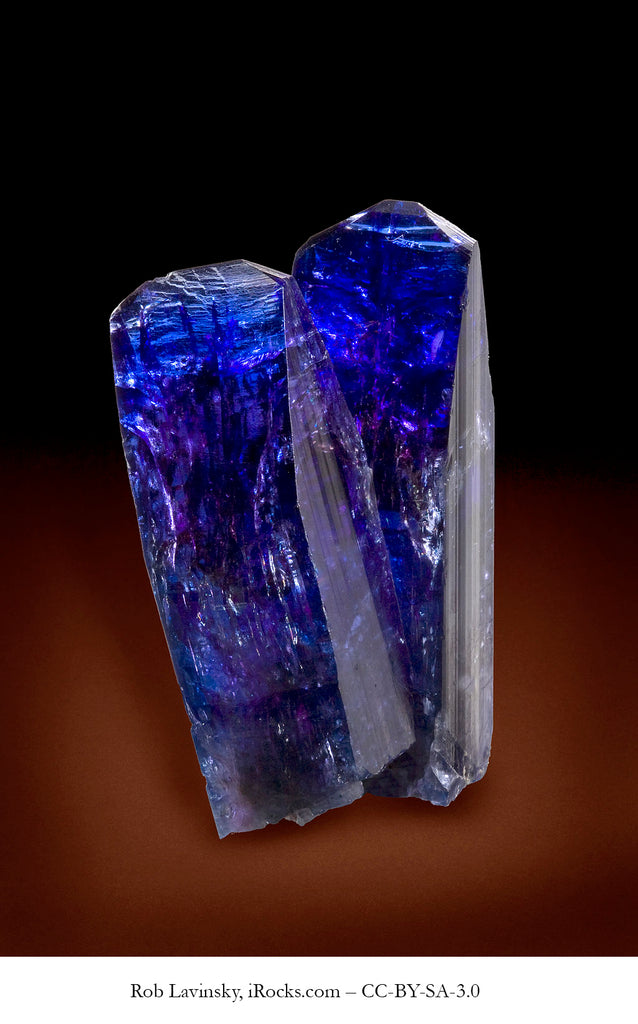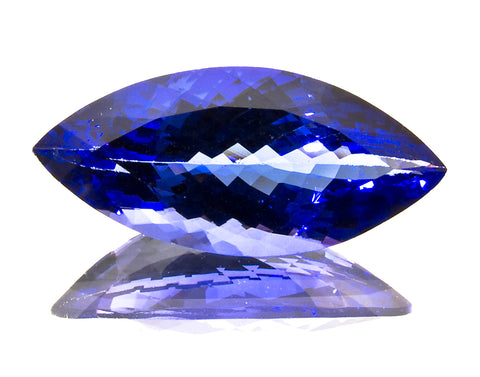Found in just one place on earth, tanzanite is a relatively recent discovery. This blue variety of zoisite was named for Tanzania, the country where it was found, by Tiffany & Co. Because crystals show different colours depending on viewing direction, cutters can choose bluish purple or the more favoured pure blue or violetish blue hue depending on how much weight they want to retain from the rough.
Tanzanite is relatively new to the coloured stone galaxy. As the most common story of the tanzanite mining boom goes, in 1967 a Masai tribesman stumbled upon a cluster of highly transparent, intense blue crystals weathering out of the earth in Merelani, an area of northern Tanzania. He alerted a local fortune hunter named Manuel d’Souza, who quickly registered four mining claims. D’Souza hoped that he’d been shown a new sapphire deposit. Instead, the deposit contained one of the newest of the world’s gems.

Tiffany & Company recognized its potential as an international seller and made a deal to become its main distributor. Tiffany named the gem after the country it came from, and promoted it with a big publicity campaign in 1968. Almost overnight, tanzanite was popular with leading jewellery designers and other gem professionals, as well as with customers who had an eye for beautiful and unusual gems.
The instant popularity of this transparent blue to violet to purple gem was tied to its vivid color, high clarity, and potential for large cut stones.

Colour
A deep saturated blue is the most valuable colour of tanzanite. Paler tones are more affordable.
Clarity
Eye-visible inclusions decrease the value of tanzanite, particularly in lighter coloured stones.
Cut
Tanzanite is available in a wide range of shapes but cushion and oval cuts are most common.
Carat Weight
Tanzanite colour is less saturated in smaller sizes. Gems must be above five carats in size to have fine colour.